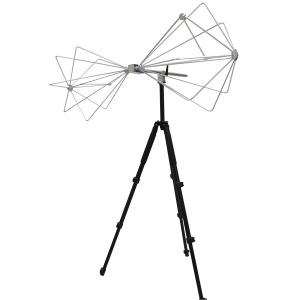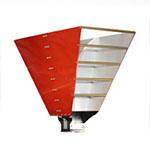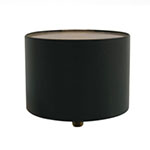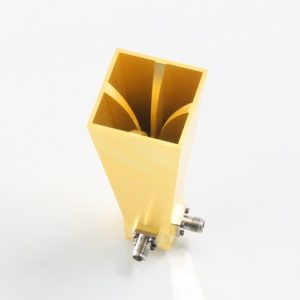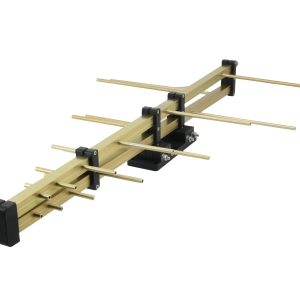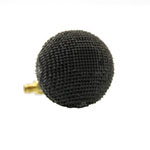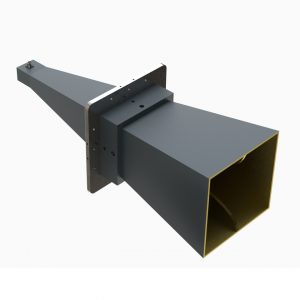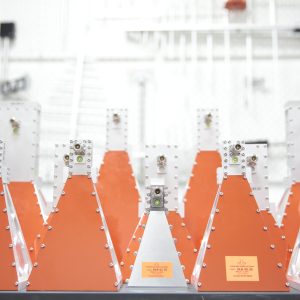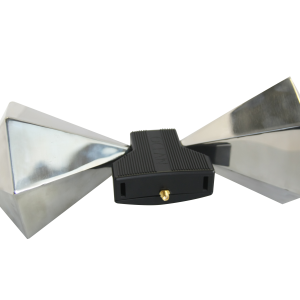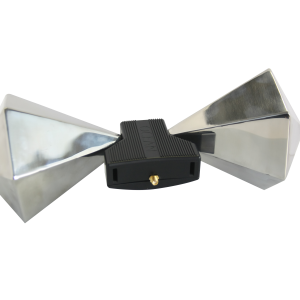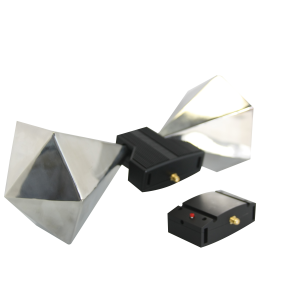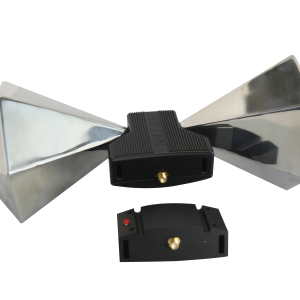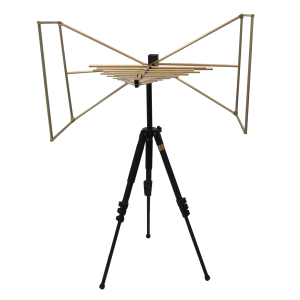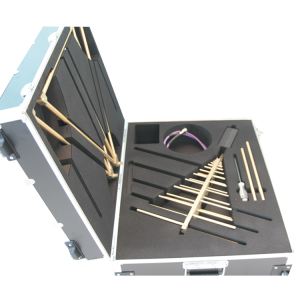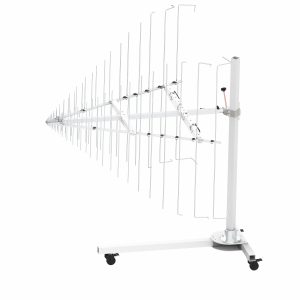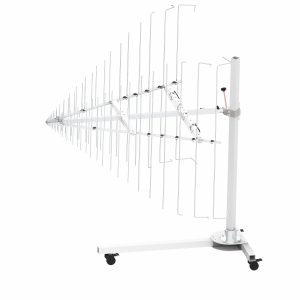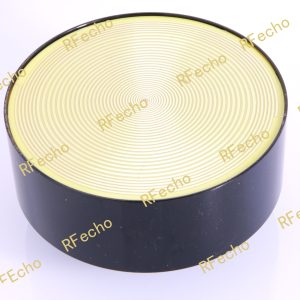RFecho RF Antenna Products ( Download Catalogue )
RFecho is home to precisely designed and manufactured RF antenna. At RFecho, we specialize in producing the highest quality RF Horn antennas for every possible need. They have an extensive variety of applications.
RF antennas from RFecho are manufactured with the client’s needs in mind. We know business needs and offer the best when it comes to horn antennas. Our RF antennas have linear polarization. The material in RF horn antennas is AI or Cu. The impedance used in the horn antenna is 50 ohms. We strive to provide the best possible antenna solutions.


